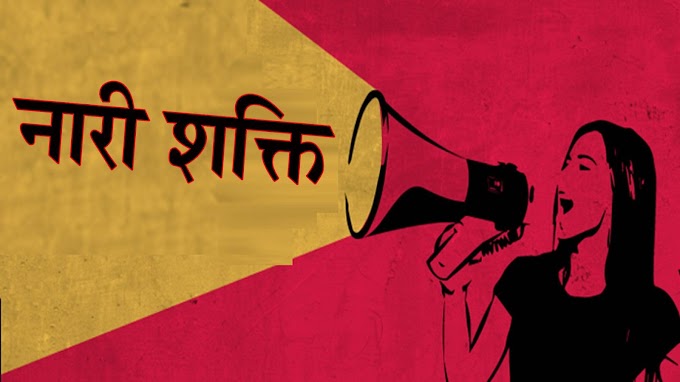“History repeats itself, but in such cunning disguise that we never detect the resemblance until the damage is done”
- Sydney J. Harris
The whole modern world and how it behaves is the result of what it believed in in the history. Every ideology, belief is a result of its history and how mankind tackled the issues in the past. Similarly, the discrimination we see today, may it be based on gender, caste, colour, race, religion, etc., has its roots embedded in the history.
The world history has some very dark patches in it, where the colour and racial discrimination has led to many exploratory instances and at times even mass murders. Slavery and deaths on the basis of skin colour has been present since centuries, where the darker colours were considered as that of a lower stature than the light-coloured people. Colonization, genocides, slave-trade, etc have been the result of racial and colour discrimination. Gender discrimination can be seen spread across history in terms of political, domestic and industrial sections.
Considering the Indian scenario, social discrimination on basis of class, caste, gender and colour has been prevalent since centuries, the root of which has been the fixed social statures, professions and their hierarchies. This hierarchies become a problem when they are turned into a systematic ranking of an individual on the various basis and given a higher and lower stature according to the rankings. This leads to power in the hands of those at the top of the hierarchy, who tend to exploit the lower statures using their power. Let’s take the example of the caste system, which is still prevalent in India. It began with the Varna system i.e. Brahmins, Kshatriyas, Vaishya and Shudras, which were first based upon professions but later took a turn when the professions were decided on the basis of the caste hereditary. The top of the hierarchy, exploited the lower ones. It led to formation of social norms and limitations on the different varnas or castes, which are still prevalent in the modern world. The religion and caste have been the constant cause of this hierarchy and the stratification in our society and has been the reason for the dark places in our history due to the unfortunate discrimination, inequality and violence.
The same is the case with the gender discrimination in India. The males, who were considered more physically and mentally strong, were the bread earners of the house, which gave more importance to the sons than the daughters. This led to the still ubiquitous patriarchy in the families, where the males where given more importance whereas the females were expected to look after the households and serve the males. This led to a belief being formed in the genders where the males considered the female as the lower gender. There have been very demeaning instances in the past which are a shame to our society like girl child marriage, sati system, dowry system, etc. This hardcore patriarchy caused various exploitation of the females until the time of modern thinkers and reformers. In the current times, this prevailing patriarchy has led to various discrimination against women in all the sectors including the corporate and personal sections. Racial and colour discrimination in India has a very shallow, indistinct but a noticeable role in history. The British rule in India, at the beginning, played a great role in indirectly eradicating the exploiter cultural norms. But, during their final years from the 20th century, their divide and rule policy, in fact, hardened the religion, caste, race and gender discrimination in India.
After looking at the history of discrimination in India, it gives us an insight of what are the root causes and how we can work towards eradication them. There is a need of progressive thinking and laws to eradicate the discrimination. India prides itself on being the largest democracy in the world and has worked towards creating an equal legislature for its citizens since its independence. But the existence of discrimination in the society still prevails and will prevail until we take a stand against it.







1 Comments
Awareness Seminars in Ludhiana
ReplyDelete